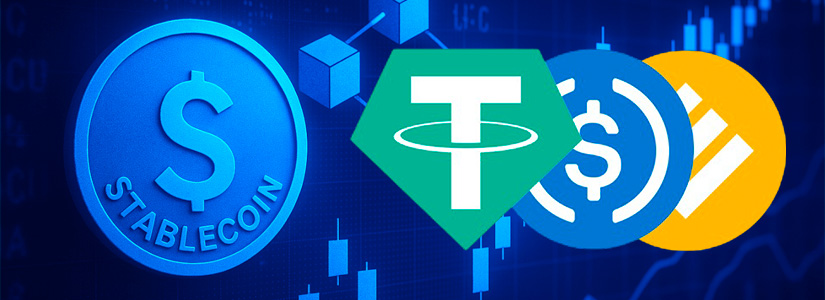TL;DR
- Broad Institutional Embrace: A comprehensive report reveals that 90% of institutions are either already using stablecoins or are planning to integrate them.
- Modernizing Financial Operations: Traditional banks and fintech companies are increasingly leveraging stablecoins to enhance liquidity management, streamline cross-border transactions, and reduce operational costs.
- Driving a Digital Revolution: As stablecoins transition from a niche innovation to an indispensable tool, they are set to transform global payment systems.
A new comprehensive report reveals that 90% of institutional players are either using stablecoins or set to implement them in their operations. This significant uptake underscores how digital assets are shifting from a niche innovation to a mainstream financial tool.
Institutional Adoption on the Rise
The study surveyed executives from traditional banks, fintech companies, and payment gateways, finding that nearly nine out of ten institutions are actively taking steps toward stablecoin integration. Almost half of the respondents already use stablecoins for daily transactions, while another sizable portion is engaged in pilot projects or actively planning future use.
This widespread adoption indicates that institutions see stablecoins as not only a tool to streamline processes but also a strategic asset that enhances operational efficiency and opens new revenue opportunities.

Traditional Banks Leading the Transformation
Traditional banks, in particular, are at the forefront of this digital revolution. Faced with the challenges of outdated and costly cross-border payment systems, these banks are turning to stablecoins for faster, more cost-effective transactions.
By leveraging the inherent benefits of digital currencies, such as improved liquidity management, reduced friction in settlement processes, and enhanced transparency, banks can modernize their services and regain a competitive edge in the global market. This transition is especially critical in regions where speed and cost efficiency in international transfers are key to sustaining growth.
A Future of Streamlined, Digital Finance
Beyond traditional banking, fintech firms and payment service providers are also embracing stablecoins. They view these digital assets as catalysts for innovation, enabling more agile financial infrastructures capable of meeting customer demands in an increasingly digital economy.
As regulatory clarity improves and integration with existing treasury operations becomes smoother, stablecoins are poised to drive a broader shift toward autonomous and efficient financial ecosystems.
In summary, the report highlights that stablecoins have transcended their early adoption phase to become a mainstream instrument in global finance. With 90% of institutions moving forward with stablecoin implementations, the future of digital payments and cross-border settlements looks faster, more secure, and remarkably innovative.










